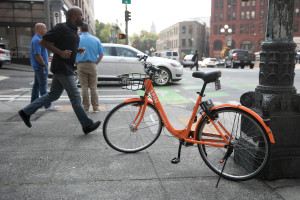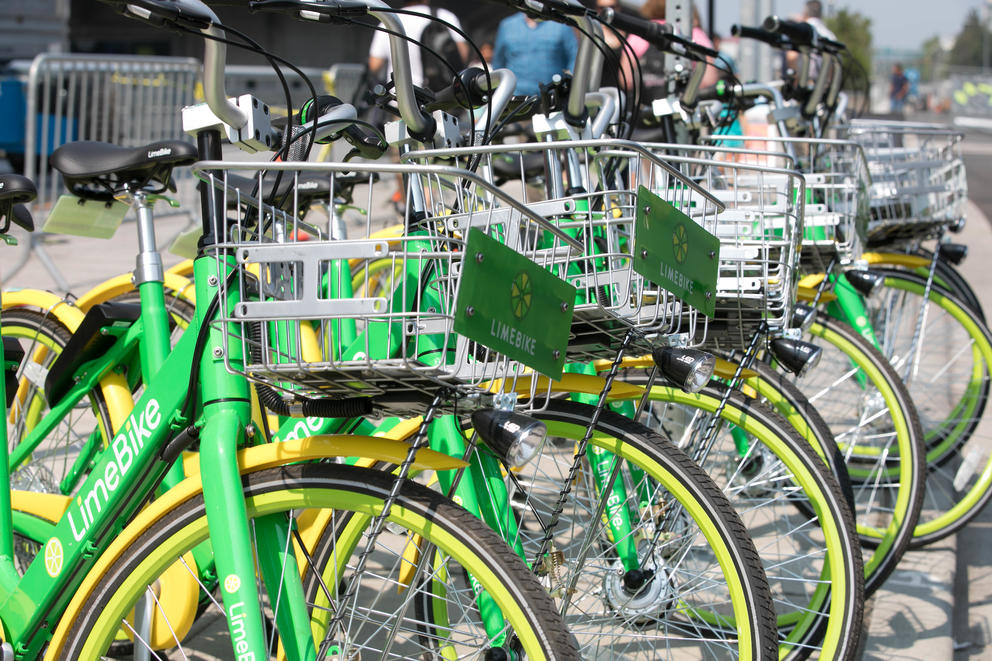It is a pleasure to see the orange and green from the new Seattle bike share programs bikes scattered around the city. We will soon see yellow bikes as well, with the addition of a Chinese company to the mix. The gridlocked traffic in our city provides the impetus for many of us to find new and creative transportation options that are much faster than idling our cars in the incessant rush-hour traffic we now seem to have. Biking is also a wonderful form of physical activity that can result in myriad health benefits.
However, biking does carry with it risks of injury, especially riding in urban environments that are only partially bike friendly, like Seattle. Each year, nearly 500,000 people in the United States are treated in hospital emergency departments for biking-related injuries, and over 1,000 die. Two-thirds of bike-related injuries that require hospitalization involved the head and three-quarters of deaths are due to brain injuries. Landmark research conducted here by the Harborview Injury Prevention and Research Center at the University of Washington has shown that helmets can prevent up to 88% of brain injuries due to bike crashes. Helmets work for people of all ages and are effective if you fall off your bike or are hit by a car.
Community education programs have been successful in markedly increasing the number of people who ride wearing a helmet. Another element of encouraging positive, preventive behavior is regulation and enforcement. Seattle has had a law since 2003 requiring bike riders of all ages to wear helmets —but it’s impossible to enforce if helmets are not available to the riders.

Unfortunately, bike share programs do not typically make any provision to provide helmets to their riders. Our research has shown that when cities in North America implement bike share programs without a provision for helmets, there is an increase in the proportion of head injuries among people injured in bike crashes. It is unrealistic to expect bike share users, especially intermittent users, to carry personal helmets with them as they travel.
We must view brain injuries related to bicycling as preventable — because they are. With each company soon to be allowed to have up to 2,000 bicycles, the number of riders is likely to increase with 6,000 new bikes available on our streets. To extend their recent, worthwhile investments in the biking infrastructure in Seattle, the City should require that any companies offering bike share programs provide helmets with the bikes. These can be locked to the bike with the same mechanism that locks the wheel itself and will incur little additional cost.
Yes, some of the helmets will be lost, stolen or damaged.
But a damaged helmet can be replaced. A damaged brain cannot.



